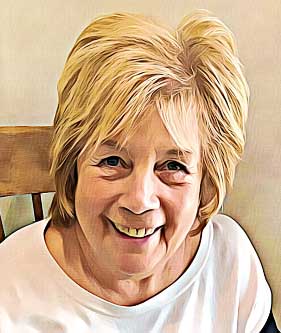Psychoanalytical therapy involves the analysis of underlying, deep-rooted motivations that influence human behaviour. Practitioners seek to establish a relationship between the consciousness and unconscious in order to heal a person’s psyche.
According to psychoanalytic theory, the conscious mind is made up of our all our feelings and thoughts that occur in the present. Our unconscious mind consists of thoughts and feelings which are not present such as suppressed memories.
Consequently, much emphasis is often placed on the interpretation of dreams which are thought to symbolise a person’s unconscious thoughts or feelings.
History
Psychoanalytic therapy is based on the work of Swiss psychiatrist, C. G Jung. Originally a protégé of Sigmund Freud, Jung developed an approach that deviated from the methods championed by his mentor.
Jung believed that a better understanding of conscious and unconscious conflicts could help an individual to achieve self-awareness and eventually, transformation.
Much of Jung’s analytical theory is based on his word-association work at Burghölzli Hospital, where he studied psychotic and mentally disturbed patients.
In order to understand their underlying issues, Jung would read out a list of words – the patient was then required to provide a related word. It was thought that the longer it took a patient to respond, the more likely it was that the word was associated with a particular complex.
Method
Complexes are a collection of feelings, ideas and images that can sometimes be associated with negative, difficult experiences from the past which the individual has not been able to come to terms with.
Jung found that the complexes of the individuals he worked with could be grouped under different patterns, known as Archetypes.
According to Jung, we all have certain archetypes within us. He proposed four typical examples:
- The Shadow
- The Anima/Animus
- The Persona
- The Self
The Shadow represents the dark side of our personality and consists of primitive, negative human emotions such as lust, anger or jealousy.
The Anima/Animus is considered the true self, as opposed to the image we try to present to other people which is known as our Persona.
The Self represents the merging of an individual’s uncounscious and consciousness. Its formulation is the result of the process, inviduation, which is when the various personality elements become integrated.
Archetypes are central to the Analytical approach – their existence can be discovered through the study of an individual’s behaviour.
For instance, the effects of archetypes can be manifested in how a person interacts with the outside world or how they behave in certain situations.
Jung’s Analytical theories differ from the Freudian approach, rejecting the notion of sexual motive in the subconscious.
Instead, practitioners tend to focus on other perceived factors such as the aforementioned Archetypes Model, which is central to their approach. While other therapies sometimes compartmentalise a person’s issues, Analytical theorists take the whole person into account.
How can Psychoanalytic Therapy help?
Psychoanalytical therapy has been hugely influential with most, if not all approaches deriving from Jung’s work. Related techniques can prove very useful in addressing issues such as emotional pain, depression and anxiety.
It has the potential to help individuals achieve greater self-awareness by confronting problems which may otherwise have lain dormant. Interaction with others can also be improved, which can be especially helpful for those seeking to improve their personal relationships.

